Highlights
- The global fitness market is booming, and advances in wearable tech, real-time data, and AI-driven insights make it easier than ever to build a fitness tracker application.
- On the other hand, growing health consciousness and demand for personalized fitness solutions among people create a ripe opportunity for unique and innovative fitness apps.
- Fitness apps with a strong focus on community features like Strava attract many users searching for motivation and encouragement from like-minded individuals – be it cyclists, runners, swimmers, or people interested in other sports.
Can you imagine that in 2023, fitness apps were downloaded 850 million times and had 368 million users globally, with Strava and Fitbit being the top picks among users? So, when is the best time to create your own fitness tracking app if not now?
However, creating such apps presents several challenges. Seamless integration with wearables, accurate tracking, creation of intuitive UI are just a few obstacles you may face on your way.
Besides, you can’t just copy an already existing app and expect it to become successful. You have to bring value, and, sometimes, intrigue your audience with new useful features.
At Mind Studios, we have extensive experience in fitness app development, with FITR, a tailored solution for both coaches and athletes, being among our successful projects.
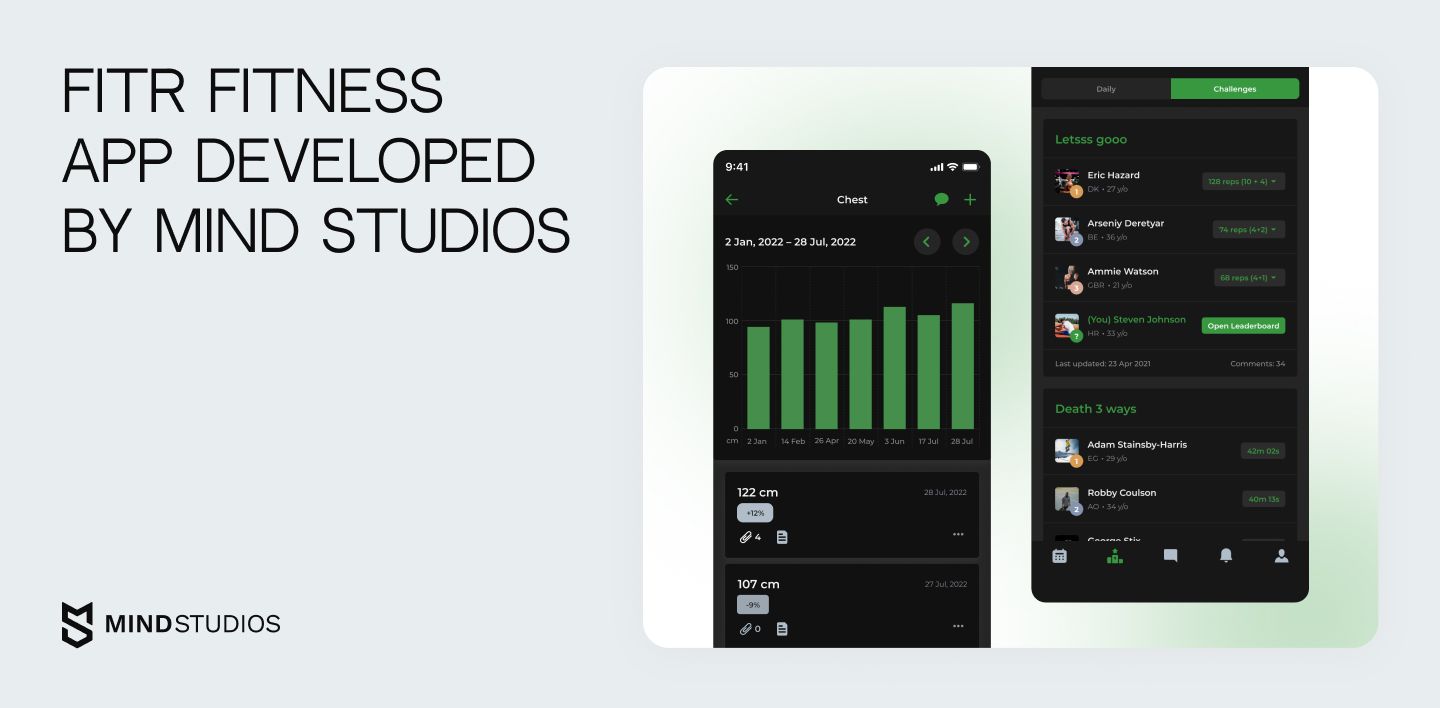
If you want to develop a fitness tracker app, you have to understand the market, your users, and, most importantly, the value it can bring. That’s not a task many can do themselves. In case you need help, contact us, and we will discuss your project and see how we can turn your vision into reality.
The Strava phenomenon: why athletes around the world are hooked
Strava has become a top favorite among many athletes and fitness enthusiasts for a reason.
So, why are so many people around the world choosing Strava? Here are just a few key whys:
- Free app install and flawless workout uploads and run tracker
- Huge variety of sports to track (running, swimming, bike riding, climbing, and others)
- Large community
- Smooth and logical interface
- Ability to motivate (results sharing) and praise yourself. If you perform better than others, you can become a King/Queen of the Mountain
- Strava provides a sense of security and inclusion by gathering like-minded people
Surely, all the benefits that Strava, as a GPS running tracker app, delights users with are outcomes of careful preparation — business analysis, competitor examination, and the making of a solid MVP. This is what we call a structured approach at Mind Studios — the approach that helps create a successful app that users would enjoy.
In this article, we will discuss how to develop a fitness tracker app like Strava, using it together with our own projects as an example to illustrate best practices and essential steps.
Now, let’s figure out where to get started with creating your first fitness app.
Getting started with building your own fitness tracking app
Simply put, a fitness tracker app is a mobile app built to help users monitor and track their physical activity, health metrics, and overall fitness progress. That is why these apps usually include such features as exercise tracking, GPS navigation, performance metrics, goal setting, and many more. Their main goal is to provide users with useful insights and data that will help them improve their fitness level, stay engaged and motivated, as well as achieve their health and wellness goals.
Just like with any app development, fitness activity tracking app development requires consideration of various aspects.
Here, we want to share with you our own roadmap that we use when working with projects from different industries, including fitness and well-being.
So, here are the essential steps that shouldn’t be omitted (if you want to get a successful app at the end):
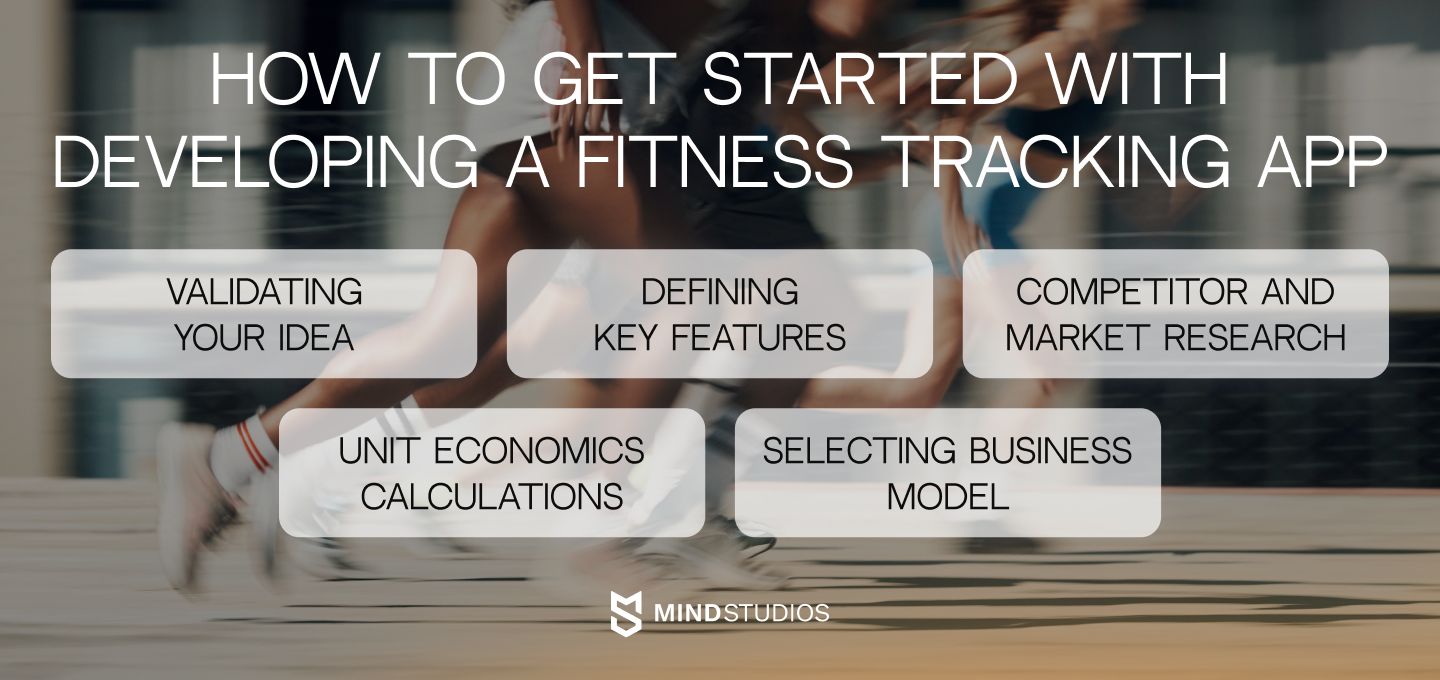
Idea validation
Every successful app starts with a solid idea, but unfortunately, not every idea is viable.
At Mind Studios, we believe in creating valuable and unique apps, and not just clones of the already existing ones. That’s why, when validating your ideas, we consider how your app will perform in the real world and whether the actual idea is viable. Thus, if we see that something is not working, we may redirect our clients to more promising solutions.
For example, when we first met with Leon Cassidy, the founder of FITR, he showed us an already existing app — CVLT — with some of the intended functionality. So, his initial inquiry was to help with updates and maintenance. But after he discussed all sides of the idea with us, we agreed to start from scratch and create a much better app.
Here is what Leon said after the collaboration with Mind Studios:
“Going from the experience of broken code and buttons not working and coming to a set of guys who are excellent designers and having the stuff to work is amazing. It makes it a lot less stressful. Rather than spending huge amounts of time trying to fix bugs we can look at how our user base is using the platform and make tweaks.”
Mind Studios’ insight: Every case is unique. What works for an app like Strava might not work for your app. That’s why it is important to consider different aspects: the use of another monetization method, targeting a unique audience, or even incorporating such advanced and smart technology as artificial intelligence.
Market and competitor research
During this stage, we identify the target audience, understand their needs and pain points, and generally analyze the competition. This step is very valuable for the next stage – defining key features for your app.
Conducting a competitor analysis helps us identify opportunities and the market landscape. What’s more, by studying similar apps, we can understand what works and what doesn’t, as well as find gaps in competitors’ offerings. All this helps us build a fitness tracker app that stands out in the market.
Mind Studios’ insight: If you want to know what your users really need, you don’t need to reinvent the wheel — just ask them. By conducting surveys or just studying their feedback, you can gather direct input from your users. This, in turn, will help you identify their pain points and preferences and tailor your app to meet them. And that's your main objective, right?
Key features definition
Any successful fitness tracker app should have well-defined core features that serve as the cornerstones of the app and attract users.
Let's take a look at the core and additional features that make the Strava fitness app one-of-a-kind in the market:
Main features
| Feature | Description |
|---|---|
| Exercise tracking | Accurate tracking of various activities, including running, cycling, swimming, and more. |
| GPS tracking | Real-time GPS tracking for accurate location and route mapping. |
| Performance metrics | Comprehensive metrics on speed, distance, time, elevation, and other important aspects. |
| Connecting with other users | Ability to follow, connect, and interact with other users. |
| Competing with other users | Feature that allows users to compete, set challenges, and see leaderboards. |
| Social fitness network | Integration with users’ social media to share their achievements and engage with the community. |
| Integration with wearables | Compatibility with various wearables such as smartwatches, fitness bands, and others for better data tracking. |
| Custom goals | Ability to set and track personal fitness goals. |
Additional features
| Feature | Description |
|---|---|
| Analysis of logged exercises | Detailed analysis of the logged exercises to monitor the user’s progress and improvement. |
| Community challenges | Ability to participate in community challenges and compete with other users all over the world. |
| Athletes AI intelligence | AI-powered insights to help athletes improve their performance. |
| Training plans | Paid access to personalized training plans tailored to the user’s level and goals. |
That’s not an exhaustive list of features as Strava developers constantly add more based on their users’ feedback and demands, to remain a top-choice for users globally.
Mind Studios’ insight: No matter how badly you want to jump right into fitness tracking app development, we recommend you to step back and think. You need to ensure you and your friends are not the only ones who find your application idea attractive. And the best you can do in this situation is search for a trustworthy fitness app development provider to help you with your idea validation and app development.
Unit economics calculations
Unit economics helps ensure your app’s profitability. The financial viability of the app is determined by calculating such key metrics as Customer Acquisition Cost (CAC) and Lifetime Value (LTV). It is about assessing the cost of acquiring a user plus the revenue they will generate over their lifetime with an app. We at Mind Studios are adept at this approach and use it in every project to get a whole picture of how your app performs in terms of revenue.
Business model selection
Business model is your high-level plan on how to profitably operate your business in a certain marketplace. It’s about finding the best way to do your business while also serving to attract investors and talent. The vital part of any business model is finding a value proposition, or simply a unique value that your business brings to the users.
Another, no less important, aspect of a business model is a monetization strategy, which defines how exactly you will generate money.
The options to consider:
- Freemium model: It offers some basic features free of charge and charges for premium features.
- Subscription: Users pay a recurring fee (either monthly or annually) for the app’s features.
- In-app purchases: Allows you to purchase additional features or content within your app.
- Advertising: You get revenue by displaying ads within your app.
You should choose the monetization model that perfectly aligns with your app’s features and preferences.
For instance, if we speak about Strava, it uses a freemium model with basic tracking for free and advanced features through a subscription.
Our FITR project employs a subscription-based monetization model with different plan options for different needs and a free 14-day trial option. Different plans provide different levels of access to features.
Our app development process
Now, let’s talk about turning your idea into an actual product.
Fitness tracker app development requires a detailed and structured approach. That is why, at Mind Studios, we always ensure that every step is meticulously planned and executed.
So, here is our guide to the app development process:
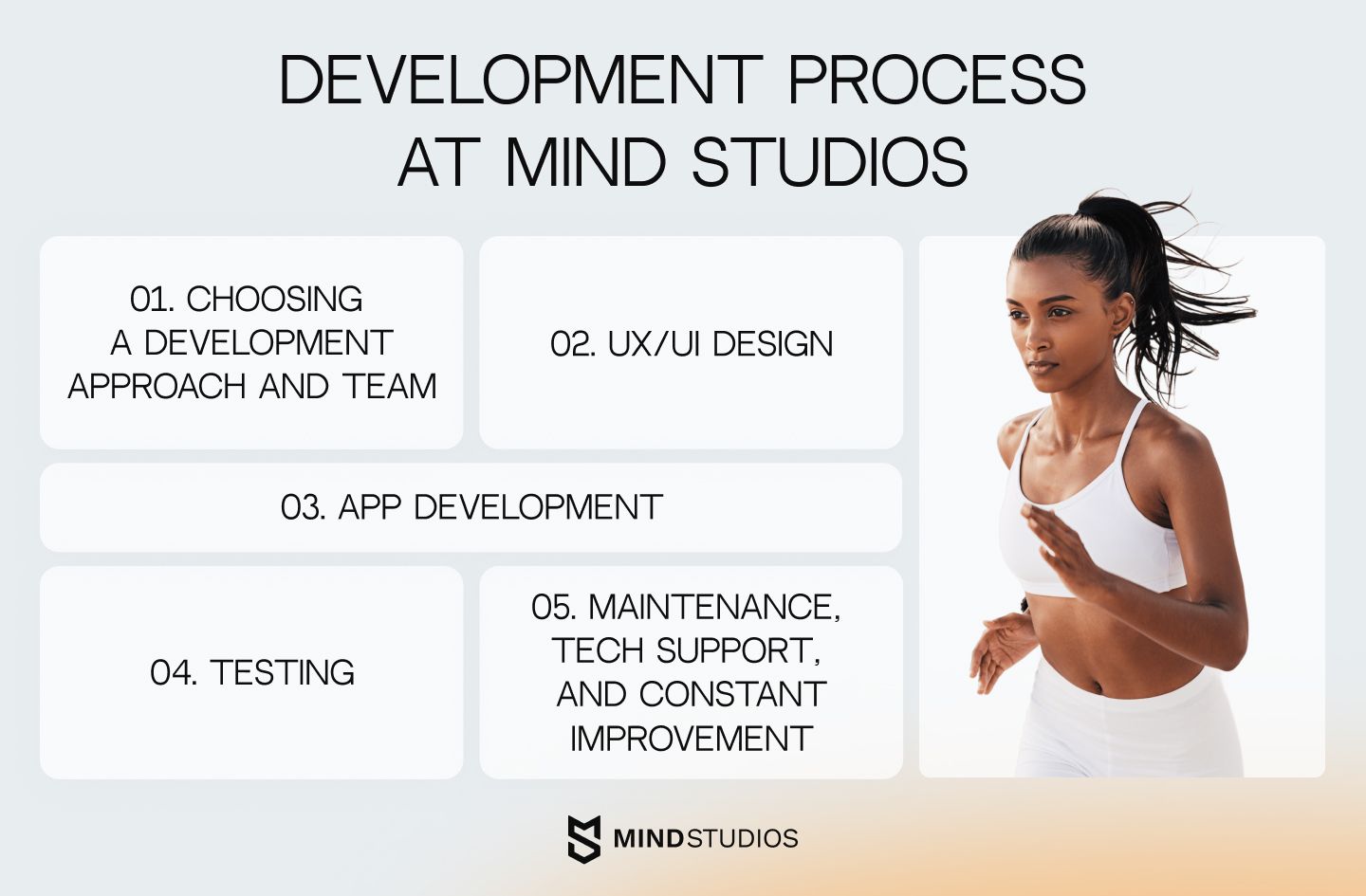
Choosing a development approach and team
We focus on native app development because it offers better app performance and user experience.
Why so? Native apps are designed specifically for a particular operating system, meaning they can leverage device-specific features and provide a seamless user experience. However, the choice of approach to fitness tracker application development may vary based on specific business needs.
Another crucial aspect to consider is project management. Leveraging project management best practices ensures that the fitness tracker app development process stays on track and meets all your business goals. We employ agile methodology as well as other project management methods to better suit specific project requirements, ensuring both flexibility and optimal outcomes.
Choosing the development team that is both reliable and knowledgeable is essential, too, as they bring valuable insights, industry expertise, and technical skills to the table, which significantly increases the chances of success.
Here is what Leon Cassidy, founder of FITR, says about working with the Mind Studios team:
“They really think about the problem; they're not yes men. They'll challenge the client, which I see as a huge benefit, especially coming from a startup position. It's great to have people to bounce ideas off rather than just developing what I say I want to develop. I don’t see them as an external development house that's developing my code. I very much see them as the FITR team — as if they're sitting in the office with me.”
UX/UI design
UX design is all about creating an intuitive and enjoyable experience for users. The designer team at Mind Studios always focuses on understanding user behaviors and preferences in order to create a seamless user journey.
Speaking of UI, here we go for aesthetics and usability. That said, for FITR, we went for a light and eye-pleasing design — we used green as the main color because it is usually associated with health, and black parts with ample spaces to look professional and clean.
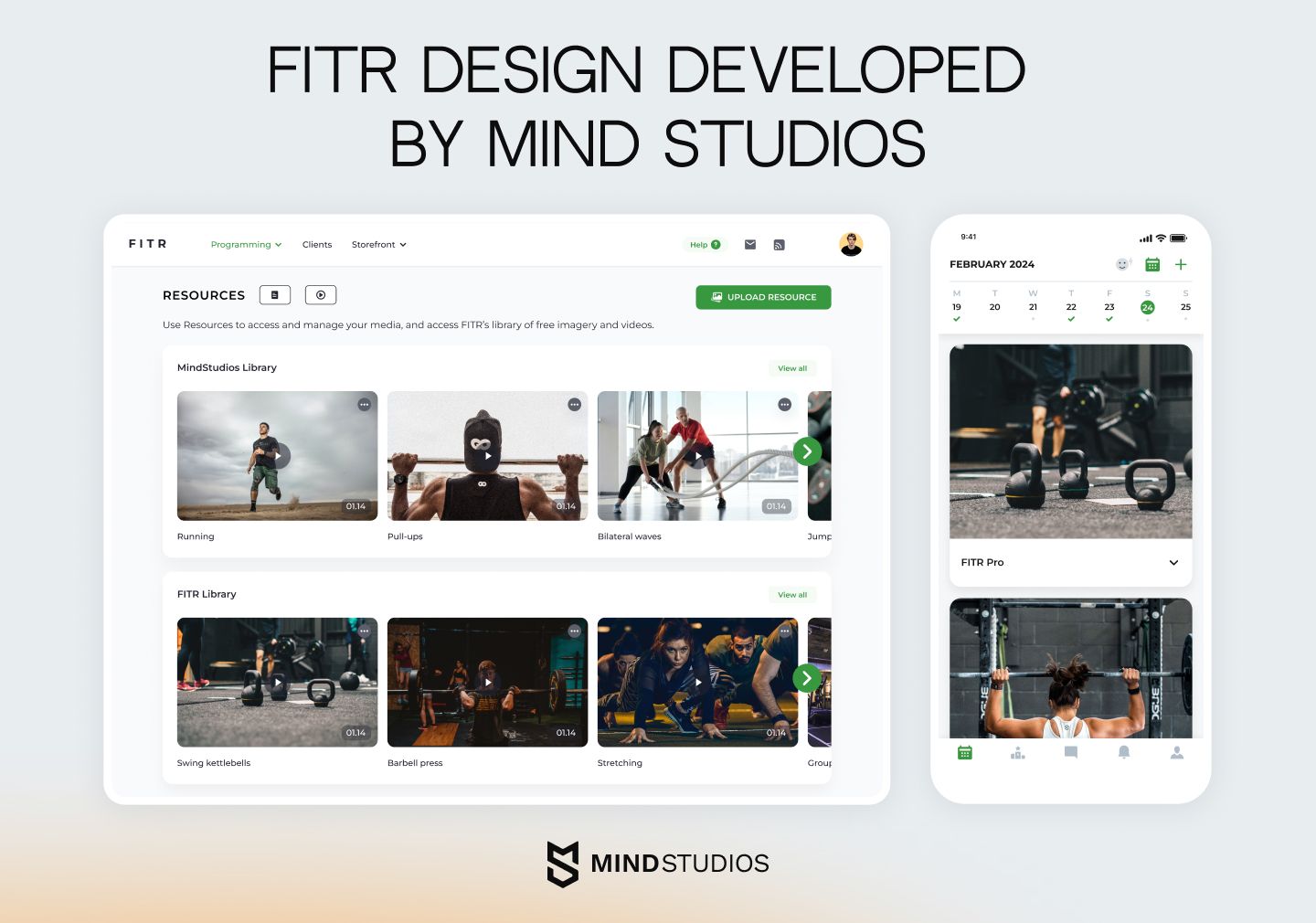
App development
Our fitness activity tracker app development team turns designs and plans into a fully functional app using best practices and industry standards. This ensures that your fitness app is robust, scalable, and secure.
When it comes to the architecture of the app, we advise our clients to adopt a modular approach. Such architecture breaks the app into smaller, manageable, as well as interchangeable components or modules. It also allows for app scalability – you can modify separate modules without affecting the entire system. Plus, it simplifies the maintenance and updates, allowing to faster fix bugs and add new features.
Overall, when developing a fitness tracking app like Strava, it’s crucial to incorporate a set of key features to ensure that your app meets user expectations and has rich functionality.
For such an app, a basic set of features should include:
- Secure user authentication and profiles
- Activity tracking (real-time and GPS)
- Performance metrics
- Goal setting and training plans
- Social features
- Wearable integration
- Notification and reminders
This doesn't mean that you can't enrich your app's functionality later on. After studying your users, you can add new features they need over time. This is exactly what the developers of Strava do to stay competitive in the market.
Mind Studios’ insight: If you are unsure which functionality you want to develop, we recommend creating a minimal viable product (MVP). Basically, an MVP is a product with limited functionality that allows you to validate your idea. Based on the feedback you get from users, you can then add the necessary features, transforming your MVP into a fully-fledged product. Plus, it’s a more cost-effective way to develop a fitness tracking app.
Testing
Testing, or quality assurance, is a critical step in any app development. Our QA engineers conduct manual and automated tests while developers are working, to ensure that the development process is smooth and bug-free.
Maintenance, tech support, and constant improvement
A successful launch of your fitness app doesn't mean that’s the end of our collaboration. We always provide our clients with ongoing tech support and maintenance to ensure your app is running smoothly. We also offer our clients regular updates, bug fixes, and feature upgrades based on user feedback and market trends.
For example, after the launch of FITR, it quickly became the top choice for many athletes and coaches, so we had to make sure the platform could handle high loads and potential security attacks. So, we decided to migrate it to Amazon Web Services (AWS).
And here are the results we got:
- Operational stability with minimal disruptions
- Scalable infrastructure that can easily be adjusted to the app’s demand
- Minimized downtime
- Strong encryption and compliance with industry standards
Things to avoid when building an app like Strava
So, now you know how fitness apps are developed, but what about the pitfalls during this process?
Here, we have collected the common mistakes that should be avoided when building a fitness tracking app, as well as our expert advice on how to overcome them.
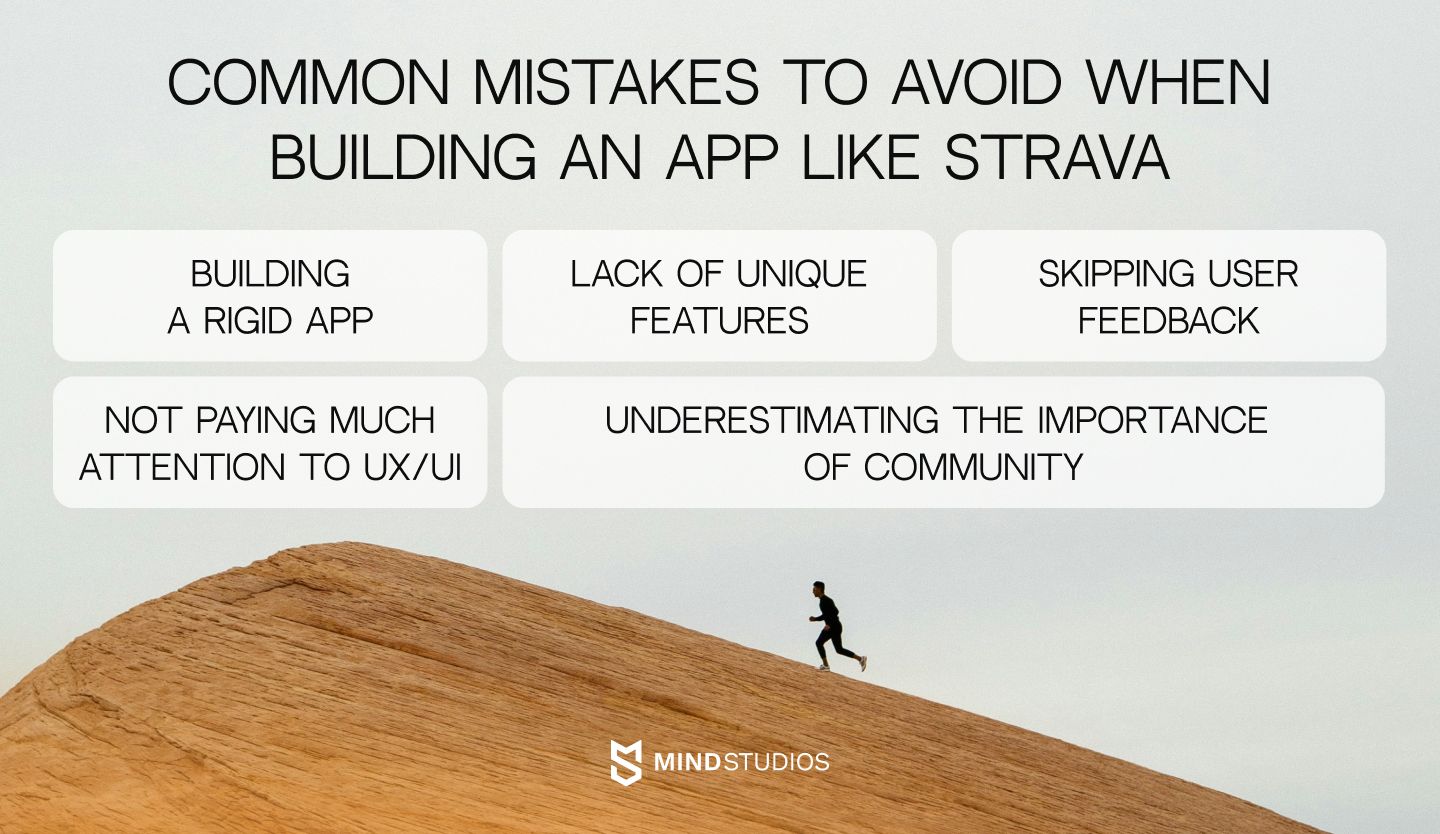
Building a rigid app
An inflexible app that can’t be adapted to the users’ needs or market changes can and will become obsolete very fast. Such apps usually struggle to integrate new features, address user feedback, and even keep up with industry standards. Rigidity of the app can also limit your fitness app’s growth as well as its ability to stay competitive.
Consequences:
- Inability to scale/ add new features
- Poor user retention
- Decreased competitive edge
Mind Studios’ expert advice: We always recommend building custom apps that can be easily tailored to your business needs as well as user requirements, unlike generic, off-the-shelf solutions. Also, opt for flexible modular design principles when building the app’s architecture, scalable backend, and cloud services. This all will provide the necessary flexibility to grow alongside your user base.
Not paying much attention to UX/UI
A poor, not user-friendly user interface design can easily drive potential users away. In a crowded fitness app market, where user engagement is vital, this can lead to high abandonment rates as users expect nothing less than intuitive and visually appealing design.
Consequences:
- High user drop-off rates
- Problems with both attracting and retaining users
- Negative reviews/poor ratings
Mind Studios’ expert advice: Conduct user research and testing to understand user preferences and pain points. You should also prioritize features that can improve engagement and usability.
Underestimating the importance of community
Neglecting community features affects user engagement and the app’s growth in general, because social features and community are the cornerstones of today’s fitness apps. They motivate users to achieve their goals and stay engaged.
Consequences:
- Lower user engagement
- Reduced users’ motivation
- Decreased word-of-mouth promotion
Mind Studios’ expert advice: Never underestimate community features like forums, challenges, leaderboards, progress and social sharing, and others. They help to foster a sense of belonging and motivation among users. Ideally, you should create a platform where users can connect and support each other as well as celebrate their achievements.
Lack of unique features
Attracting users is very difficult if you do not offer features that set you apart from your competitors. Uniqueness is always key to standing out and providing the value other apps do not.
Consequences:
- Easily blending with other apps
- Problems with attracting users
- Reduced market share
Mind Studios’ expert advice: We always conduct market research to identify gaps and opportunities. This also helps develop features that address specific users' needs and pain points that competitors still haven't met. For this reason, it is beneficial to integrate features such as AI for personalization, AR for more interactive workouts, and others. Also, do not forget to regularly update your app with new and trending features to keep users interested.
Skipping user feedback
Ignoring user feedback will affect your app negatively as it helps you understand how it performs in real-world scenarios and identify which improvements are necessary.
Consequences:
- Missed opportunities for improvement
- Low user satisfaction
- High churn rates
Mind Studios’ expert advice: We suggest conducting surveys, incorporating user feedback from review or direct user interactions, always. You should create a feedback loop where users feel heard and valued, and their input leads to further improvements. For this, you can also use analytics to track their behavior and areas for improvement.
Fitness tracker app development cost
Now is the time to discuss the most important and interesting part for many — money. So, how much will it cost you to build a fitness app today?
When you create a business, you calculate the costs for its creation and plan the revenue streams.
However, creating a fully working business like Strava has a different cost. Judging from the rough calculations we've made, the cost to make an app like Strava would go as follows:
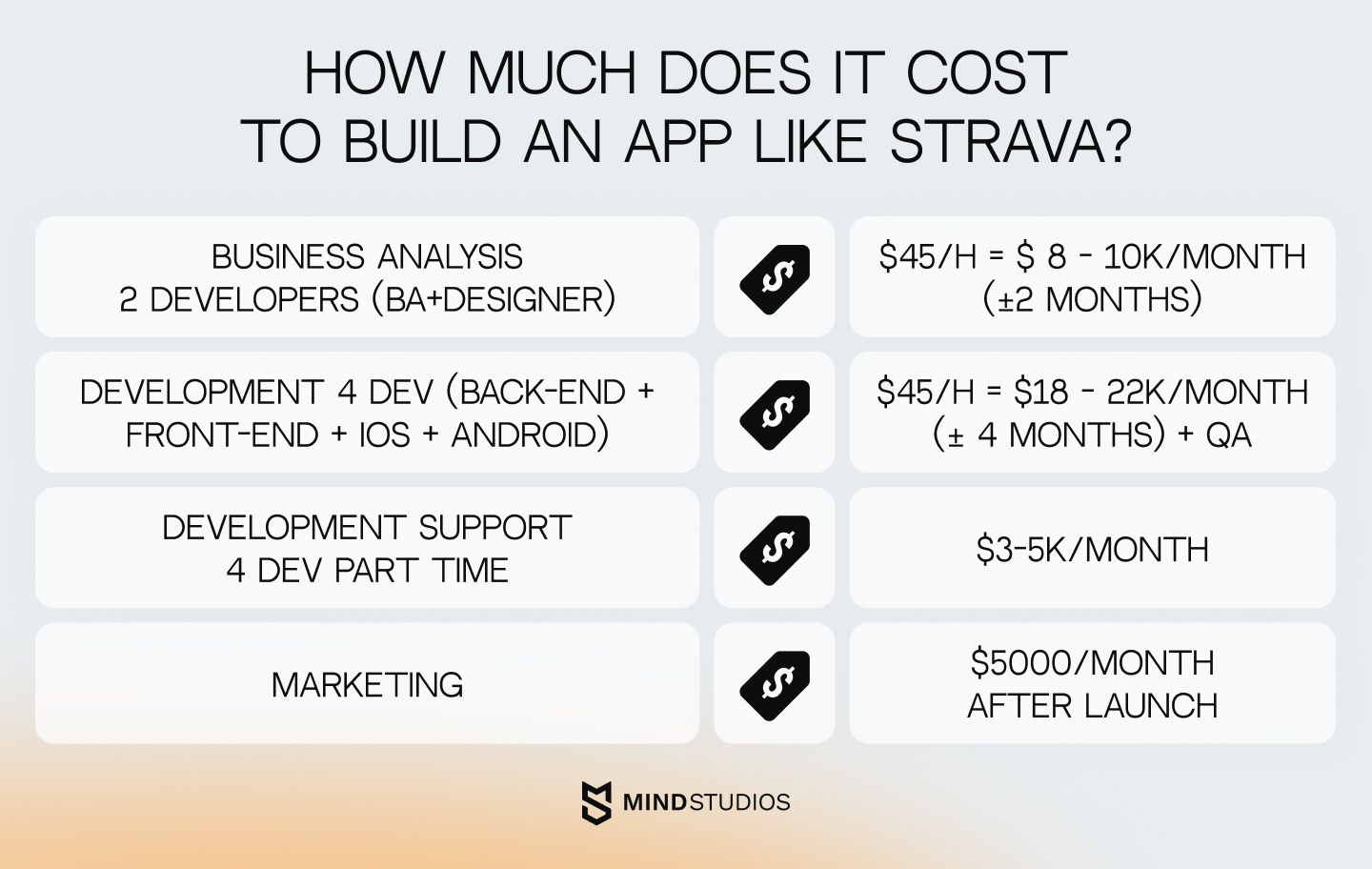
Conclusion
Today’s mobile app market is burning, so even the brightest ideas can fail without careful preparation. Of course, your idea might seem lucrative, but what if this is not something the market wants?
Products like Strava win users' hearts as it is a place where everyone feels like being a part of something bigger when they track the distance they run or do other activities. Do not get overwhelmed by the number of competitors — a well-thought-out business model and structured marketing will provide the best support for your startup.
And, of course, if you have an idea but can’t formulate a fitness tracker app development roadmap, the Mind Studios team is always here to help you. Just contact us, and we will transform your idea into a workable product like Strava. Or even much better!

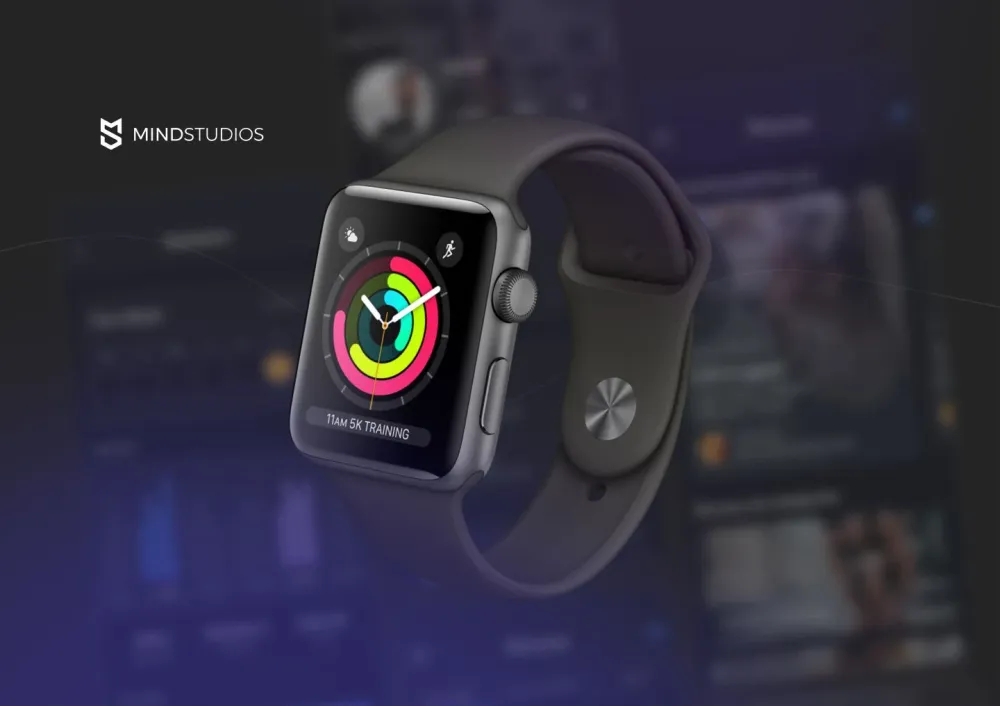
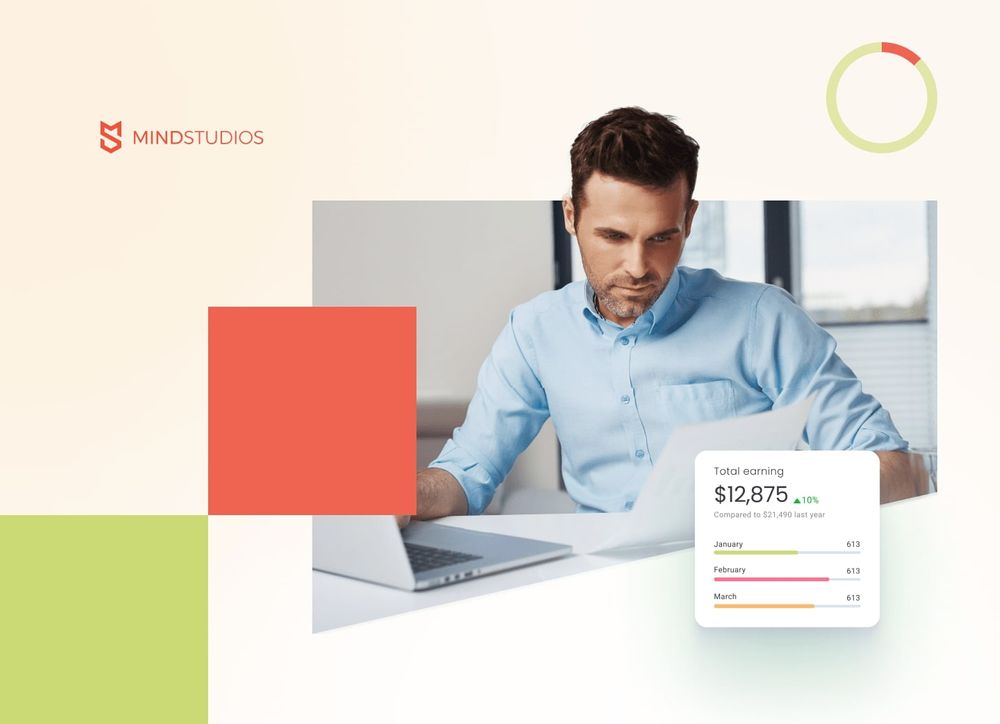

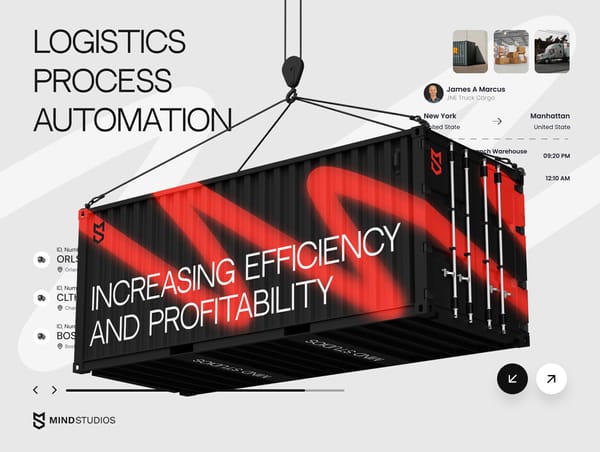
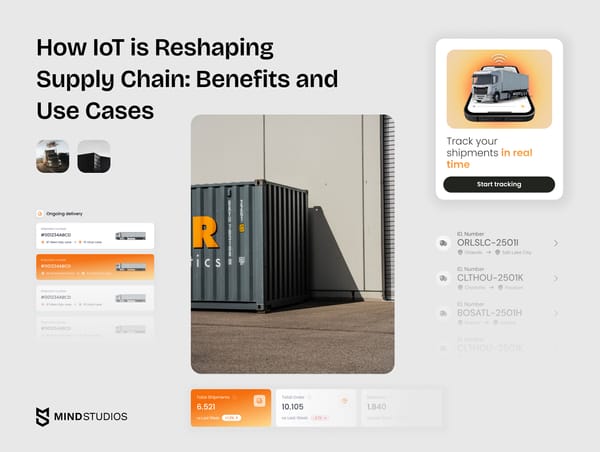
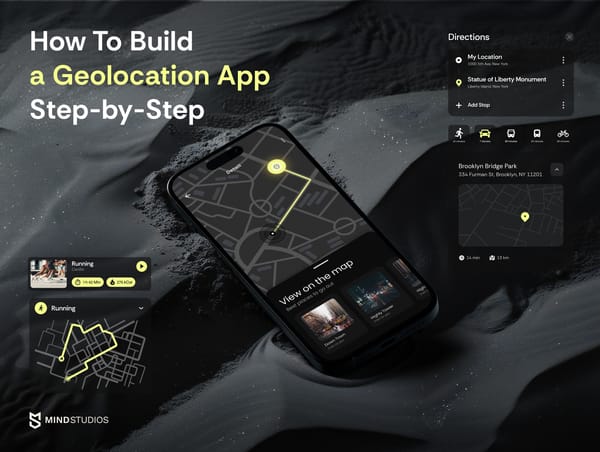
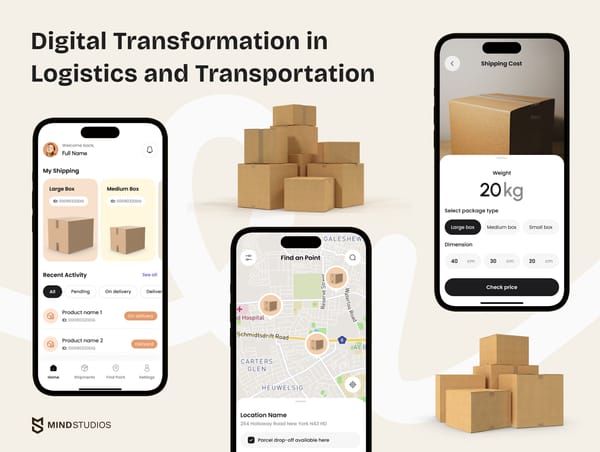
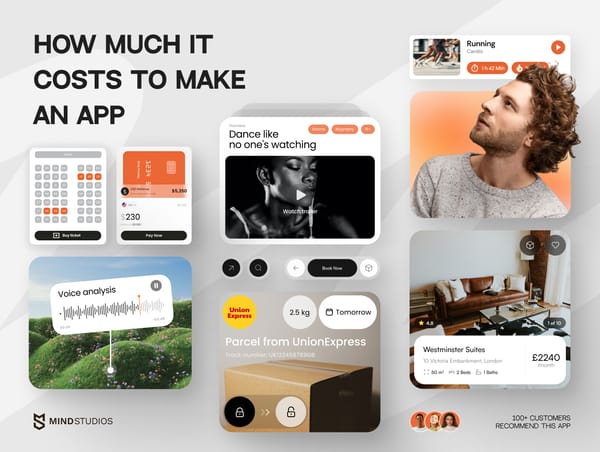
![How to Create an On-Demand Medicine Delivery App [Expert Guide]](https://themindstudios.com/blog/content/images/size/w600/2025/03/IMG-1-Cover-6.jpg)

